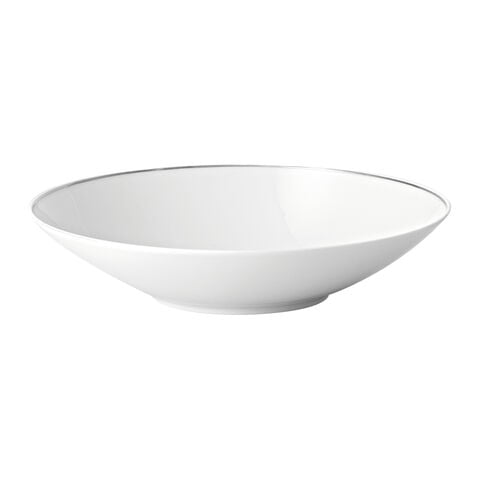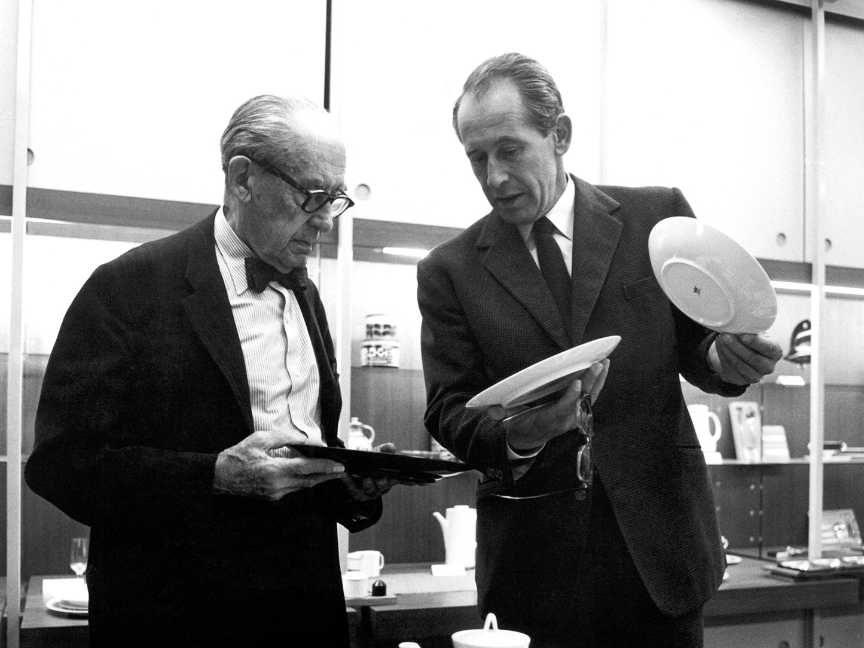Star architect Walter Gropius: Bauhaus founder, visionary and pioneer of modernism
Walter Gropius (1883-1969) was one of the most influential architects and designers of the 20th century. As the founder of Bauhaus in 1919, he laid the foundations for a movement that combined art, craftsmanship and technology to create modern and functional architecture. His vision of holistic design, which was characterized by the integration of art into everyday life, resonated worldwide and influenced generations of architects and designers. Under Gropius' leadership, the Bauhaus style was initially established in Weimar, later moving to Dessau and Berlin before being closed in 1933 under pressure from the National Socialist regime.
Gropius' design philosophy: clear design language and functional minimalism
Walter Gropius' design concept was based on simplicity and functionality, aesthetic purity and geometric clarity, which is reflected throughout his work. As an architect, he combined technical precision with aesthetic minimalism and promoted the use of materials such as steel and glass to create open and light-flooded spaces.
He applied this design philosophy not only to his buildings, but also to his designs, which were characterized by reduced, clear forms and a harmonious balance. His best-known architectural works include the Bauhaus building in Dessau, which is considered an icon of modern architecture. During his career as an architect, Gropius later headed The Architects Collaborative (TAC) in the USA, which also had an international influence.
Gropius' legacy and significance for modernism
Walter Gropius' works and design concepts still have an impact today and have had a lasting influence on the history of design and architecture of the 20th century in particular. His partnership with Rosenthal is one of the most important collaborations of his late work and was an inspiring exchange for both sides. Philip Rosenthal, also a visionary in the field of design, recognized the potential of Gropius' design standards and entered into a creative partnership that went beyond mere business relations.
The collaboration between Walter Gropius and Rosenthal
The collaboration between Walter Gropius and Rosenthal began in 1963 and led to pioneering projects in industrial architecture and product design. The partnership originated in a request from Philip Rosenthal, who wanted the renowned architect to build a new production facility for Rosenthal at the Rothbühl site. Gropius accepted this challenge and developed a factory facility that set new standards both architecturally and functionally.





















